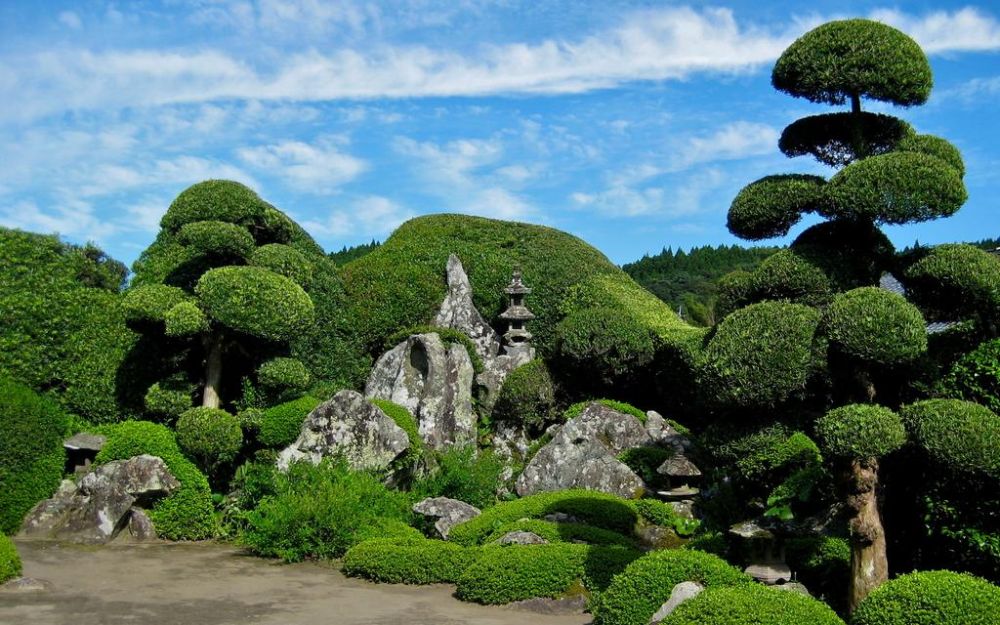

Located in the bucolic outskirts of Kagoshima in southern Kyushu, the Chiran Samurai Residence complex, also known as Chiran Bukeyashiki, offers a rare and well-preserved window into the life of samurai during feudal Japan. This historical gem comprises a series of seven well-preserved samurai houses and their gardens, untouched by the impact of modern developments. The residences date back to the Edo period (1603-1868), providing a vivid representation of samurai culture and architecture.
Chiran has been a significant stronghold of samurai culture for centuries, being strategically located near the Satsuma domain. Following the abolition of the samurai class during the Meiji Restoration, many samurai districts were lost to modernization. However, Chiran's samurai district managed to retain its historical landscape, with meticulous gardens and houses that reflect the austere lifestyle and philosophies of the samurai who once inhabited them.
Tourism in Chiran started to develop substantially in the 20th century as local authorities recognized the importance of preserving this historic district. The site became a prominent destination for those interested in Japanese history and culture, leading to its official protection as a Group of Traditional Buildings by the Japanese government.
As the popularity of the site grew, more efforts were made to preserve the integrity of the area. Museums and interpretative centers were established to enhance the educational value of the site. In addition, traditional events and performances were organized to convey the living traditions of the samurai era to modern visitors.
Recently, tourism trends in Chiran have been influenced by global movements towards cultural heritage preservation and experiential travel. Travelers are increasingly seeking authentic experiences that offer a deeper understanding of historical contexts and local lifestyles.
Eco-friendly tourism has also become a significant trend in Chiran as the site's unspoiled natural surroundings are seen as an asset to be protected. Visitors are encouraged to partake in activities that have minimal impact on the environment, including walking tours and cultural workshops that promote sustainable practices.
Technology in tourism has made its way to Chiran, with augmented reality (AR) and virtual reality (VR) experiences being integrated to provide interactive tours of the samurai houses. These technologies offer a dynamic way for visitors to learn about the history of the samurai district and visualize the past.
Additionally, there has been a rise in "staycation" trends amongst domestic travelers who are rediscovering the Chiran Samurai Residence within the context of Japan's rich cultural mosaic. Educational programs tailored toward school groups and Japanese history enthusiasts continue to drive interest in Chiran's past.
When visiting the Chiran Samurai Residence, tourists can expect a serene atmosphere that reflects the discipline and aesthetic sensibilities of the samurai. The perfectly preserved residences, complete with thatched roofs and stone fences, as well as the manicured gardens, provide a picturesque setting that transports visitors back to the Edo period. Informational placards in multiple languages and guided tours are available, offering insights into the history and legacy of this intriguing site.
Whether taking part in a guided tour, participating in cultural workshops, or simply strolling through the historic lanes, visitors to Chiran can immerize themselves in the spirit of Japan’s samurai era. Chiran Samurai Residence remains an indispensable part of Kagoshima's tourism scene, offering a unique blend of history, culture, and sustainability for the discerning traveler.